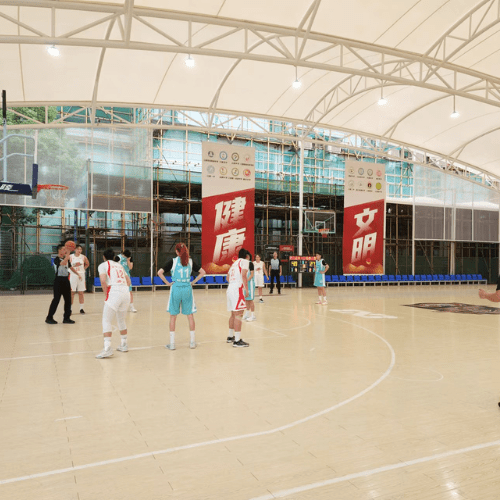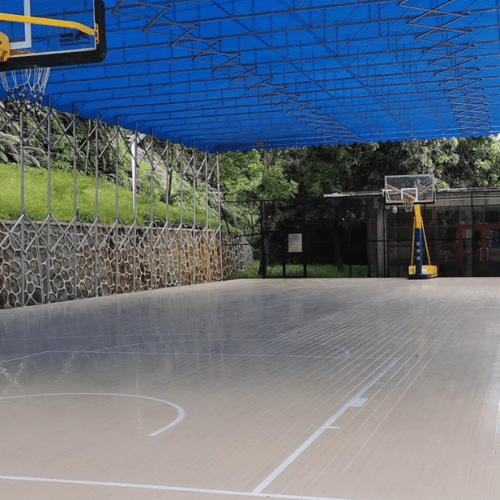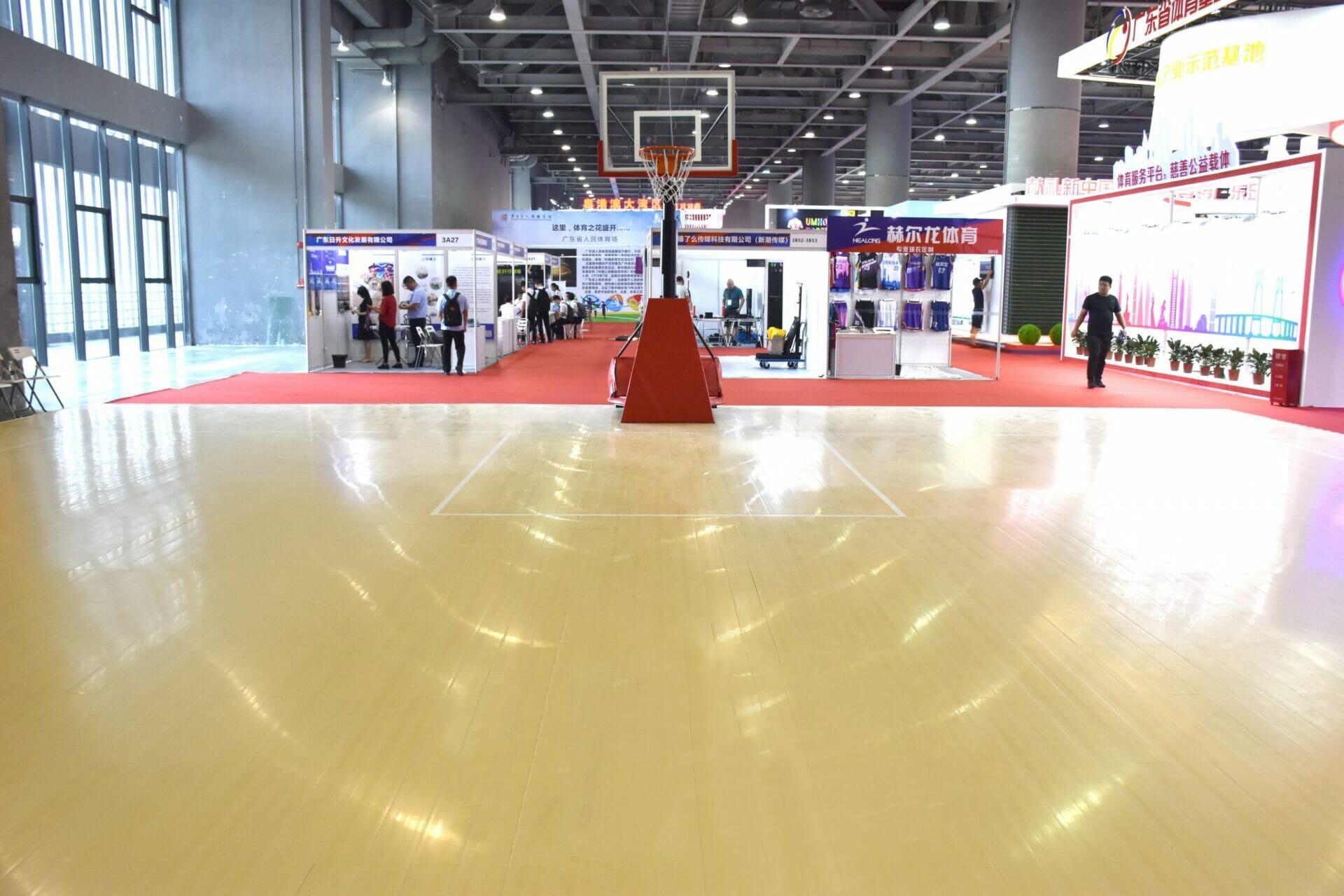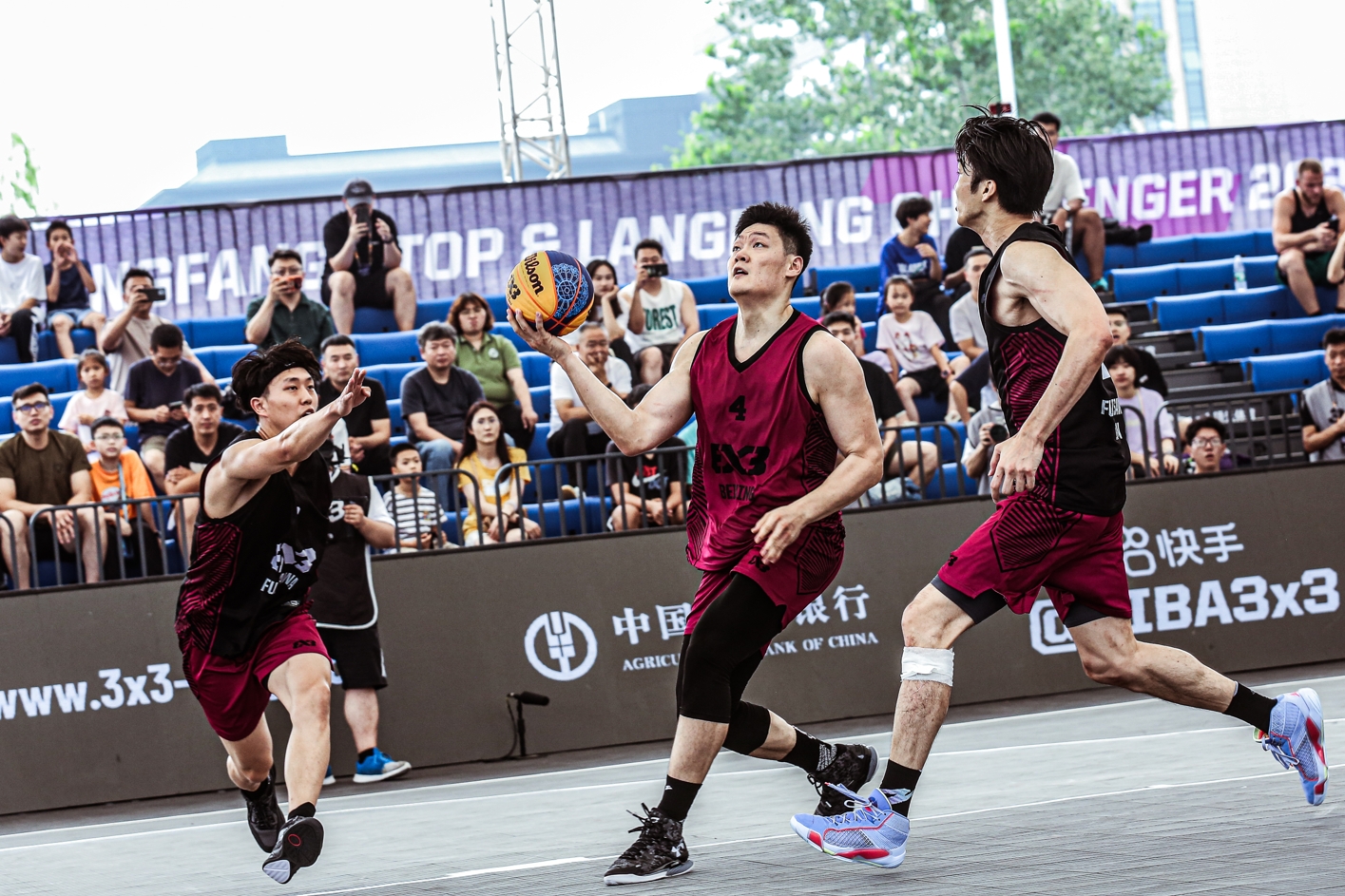Basketball is one of the world’s most popular sports, played by millions of people globally. One unique feature of basketball is its playing surface.
Wood is a common material used for basketball courts, despite the fact that there are different types of sports courts, such as concrete or synthetic materials.
But have you ever wondered why basketball courts are made of wood? In this article, we will explore the reasons behind this choice and the benefits that wood brings to basketball.
Read on to discover why are basketball courts made of wood.
The History and Tradition of Wood in Basketball Courts.
When it comes to basketball, one of the most iconic elements of the game is the court itself. While modern basketball courts can now be found in various materials, from concrete to synthetic surfaces, there is a long-standing tradition and a rich history associated with wooden basketball courts.
Here, we will explore the fascinating story of wood in basketball courts, exploring its origins, evolution, and enduring appeal. When you venture into the lush forests of the Upper Midwest, specifically in states like Wisconsin and Michigan, you will come across a remarkable tree called the acer saccharum, commonly known as hard maple.

This type of maple is highly sought after and is the primary material used in constructing 29 out of 30 NBA hardwood courts. The reason for this preference lies in the unique qualities of hard maple.
Compared to other hardwoods, it boasts exceptional hardness and a tight grain structure, making it an ideal choice for basketball courts. One might wonder why this matters in the context of basketball.
The answer lies in the fact that NBA arenas undergo around 70-floor conversions each year. To ensure the integrity and safety of the playing surface, the NBA requires teams to replace the court every 10 years. Hard maple’s resilience and toughness ensure it can withstand these frequent changes without compromising its quality.
Beyond its strength and resilience, hard maple’s light color serves a functional purpose on the court. The lighter hue of the wood provides a stark contrast against the basketball, making it easier for players to track its movement during intense gameplay.
Furthermore, the light color of the court surface reflects light more effectively, resulting in enhanced brightness within the arena. This creates a visually pleasing atmosphere for spectators and contributes to the game’s overall visibility.
Maple trees may appear similar at first, but there can be notable differences when it comes to finished floors. Typically, the flooring strips for maple hardwood floors are slightly thicker than ¾ of an inch. Interestingly, this dimension has been maintained since maple flooring was first introduced in the late 1800s, becoming a long-standing tradition.
To ensure quality and consistency, maple hardwood floor pieces are graded by the Maple Flooring Manufacturing Association. These grades are categorized as first, second, and third grades. The variation in these grades can play a significant role in creating the distinctive look of an NBA floor.
It is fascinating to see how maple flooring has evolved over time, with the tradition of using the same thickness persisting to this day. This consistency in dimension adds to the overall aesthetics and contributes to the durability and longevity of maple hardwood floors.
The Maple Flooring Manufacturing Association’s grading system helps ensure that each maple hardwood floor meets specific quality standards. First-grade maple flooring is typically the highest quality, with minimal imperfections and a consistent appearance.
The unique characteristics of maple hardwood floors make them popular in various settings, including basketball courts. The distinct look of NBA floors often stems from the specific grading and selection of maple flooring.
This attention to detail enhances the visual appeal and contributes to the performance and durability required for high-intensity sports like basketball. The careful selection of hard maple ensures that only the highest-quality wood is used, ensuring top-notch performance and longevity.
Wood Flooring Systems
When it comes to basketball courts, there is a common misconception that they are all made of wood. However, this is not entirely true. While there are various materials used for basketball courts, hardwood tends to be a popular choice, especially in the NBA (National Basketball Association), where most games are played on maple hardwood surfaces.
Hardwood flooring systems have gained recognition as one of the finest playing surfaces available. They are highly appreciated for their classic and timeless natural look. The use of maple hardwood, in particular, is favored due to its unique properties.
Maple is known for its tight-grained wood species, which gives it an extra dense and strong structure. This strength allows it to withstand the test of time, especially when proper care and maintenance are practiced for a basketball courts.
Maple hardwood floors offer several advantages for basketball courts. Firstly, they provide excellent durability, ensuring a long lifespan. With regular and proper maintenance, these hardwood floors can withstand the rigorous demands of basketball games and maintain their quality for years.
Vmkon Macwood Floor
When it comes to choosing the right flooring for your basketball court, you want a solution that provides not only excellent performance but also requires minimal maintenance. Look no further than a VMKON Macwood floor which is FIBA level 2 Certified.
VMKON Sports Courts are known for their innovative and high-quality flooring solutions designed to meet the needs of both indoor and outdoor courts. With a VMKON Macwood floor, you can enjoy a basketball court that looks great and offers easy maintenance requirements.
One of the key advantages of a VMKON Basketball floor is its easy maintenance. Unlike traditional flooring options, such as hardwood or concrete, a VMKON Macwood floor requires minimal upkeep. This means less time spent cleaning and more time playing on the court.
Its smooth surface makes the floor easy to sweep or mop, ensuring that dust, dirt, and debris are quickly and easily removed. Moreover, the floor is resistant to stains and spills, making it ideal for a high-traffic area like a basketball court.
But easy maintenance is not the only benefit of a VMKON Macwood floor. These floors are also known for their durability and performance. The high-quality materials used in VMKON Sports Courts ensure that the flooring can handle the demands of intense basketball games and practices.
Whether indoor or outdoor Basketball court, the VMKON macwood floor is built to last, providing you with a reliable and long-lasting solution for your basketball court. Furthermore, a VMKON Macwood floor offers excellent shock resistance and traction, enhancing player safety and performance.
The surface is designed to minimize the risk of slips and falls, allowing players to move confidently and freely on the court. The shock-absorbing properties of the floor help reduce the impact on joints and muscles, providing a comfortable playing experience for both professional athletes and recreational players.

VMKON Macwood floors tiles offer high performance, ease of maintenance, and aesthetic appeal. The sleek and modern design of the flooring adds a professional and stylish look to any basketball court.
Whether you’re building a court for personal use or a professional sports facility, the VMKON macwood floor will impress with its attractive appearance.
In short, when it comes to choosing the flooring for your basketball court, a VMKON Macwood floor is an excellent choice. With its easy maintenance requirements, durability, performance, and aesthetic appeal, this flooring solution will undoubtedly enhance your basketball-playing experience.
Conclusion.
Basketball courts are made of wood for several reasons. Firstly, wood provides an optimal playing surface that offers players the right traction and bounce. The natural properties of wood also allow for better shock absorption, reducing the risk of injuries.
Furthermore, wooden courts have a long lifespan and can withstand heavy usage without compromising performance. Moreover, the aesthetic appeal of wooden basketball courts adds to the overall experience for players and spectators alike.
Ultimately, the choice of wood as the primary material for basketball courts results from its numerous advantages in terms of performance, durability, and visual appeal.
FAQs
Why Do They Use Wood for Basketball Court?
Wood is commonly used for basketball courts due to its excellent characteristics and benefits. It provides a smooth, durable, consistent playing surface, ensuring optimal ball bounce and player performance.
Wood also possesses shock-absorbing properties, reducing the risk of injuries and fatigue. Wood’s natural structure also helps with traction and grip, allowing players to make quick movements and cuts. Wood is chosen for basketball courts to enhance gameplay, safety, and player experience.
Are Basketball Courts Made of Wood?
Yes, basketball courts are commonly made of wood. The most popular type of wood used is maple, which provides a durable and smooth surface for players to play on.
However, not all basketball courts are made of wood. There are also courts made of concrete, asphalt, and rubber, depending on the location and purpose of the court.
Why Does NBA Play on Wood?
The NBA plays on wood because it provides a consistent playing surface that offers optimal performance for the players. Wood is durable, offers good traction, and allows the ball to bounce predictably. Additionally, wood allows for proper cushioning and shock absorption, which helps prevent injuries.
Why Does a Basketball Court Have Wood Surface Versus Carpet?
A basketball court usually has a wood surface instead of a carpet for several reasons. Wood provides a durable and resilient surface that can withstand the fast pace and high impact of basketball games.
It offers better traction for players, allowing them to make quick cuts, turns, and jumps without slipping. Furthermore, the wooden surface provides a consistent basketball bounce, enhancing the gameplay experience.






